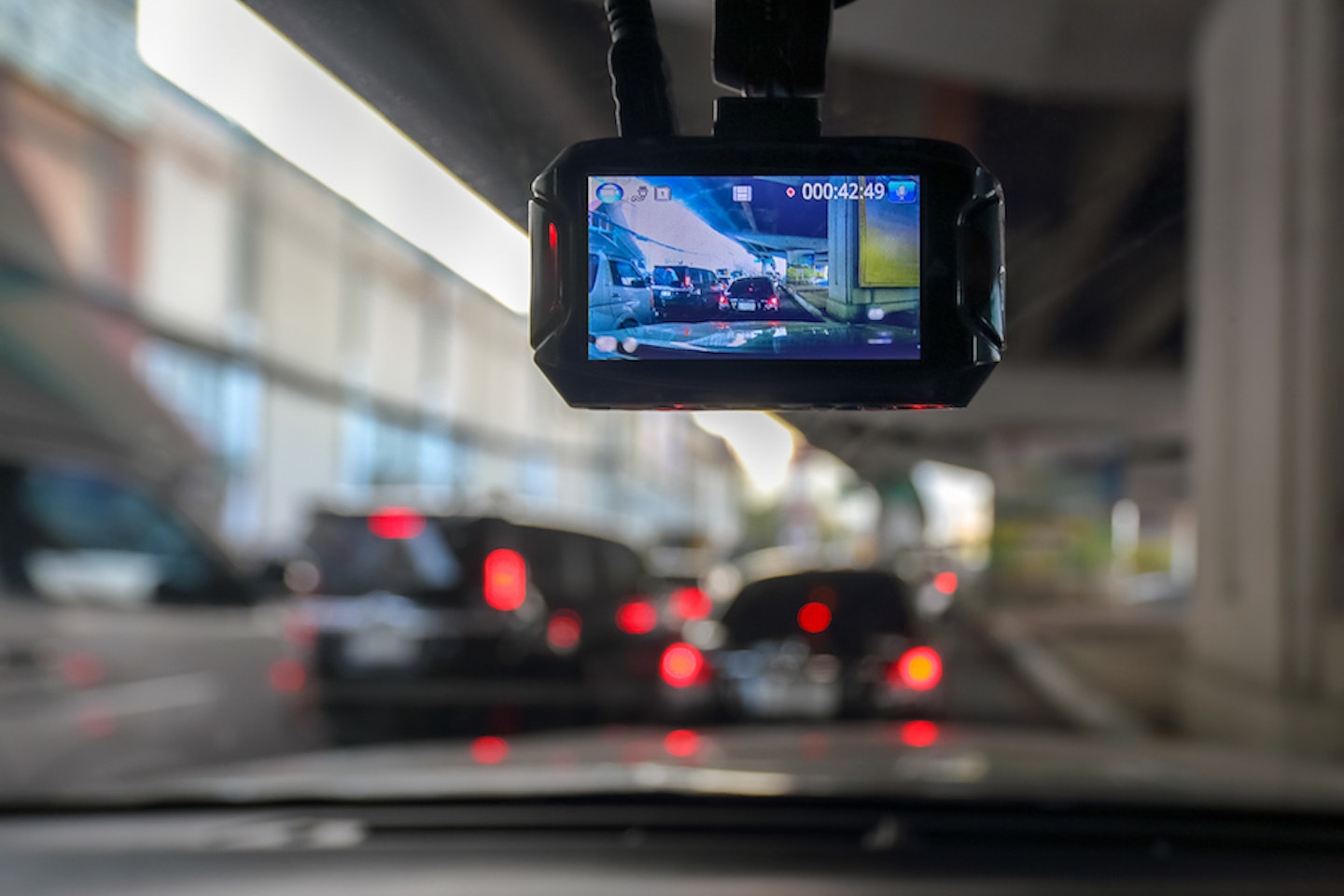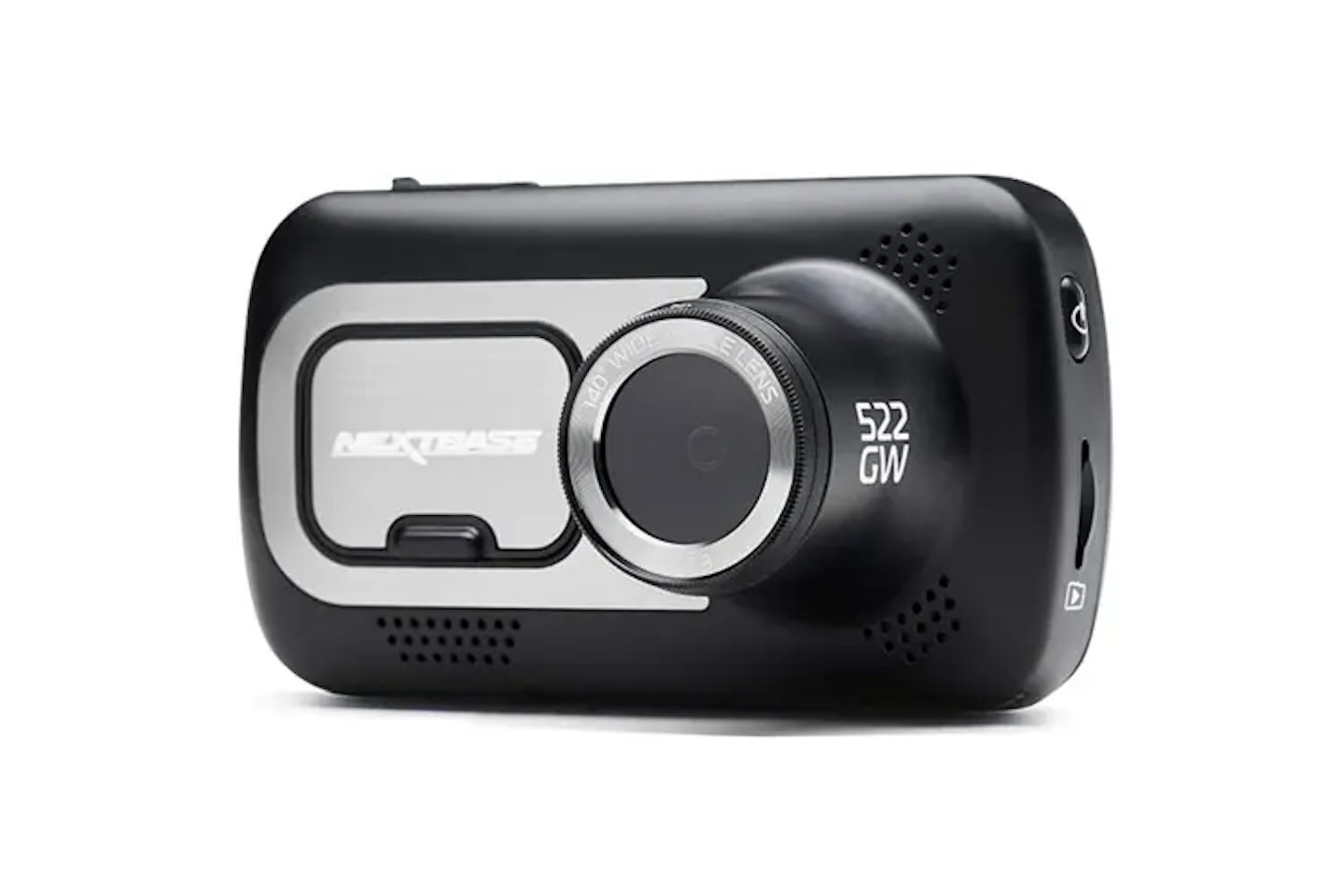In addition to providing endless content for YouTube compilations, having an objective set of eyes on the road ahead is the biggest draw of a dash cam.
Having an independent witness onboard and capturing video evidence in the event of an accident or incident is the primary function of a dash cam. And you know what, many of them perform this singular purpose very well.
But what else can a dash cam offer, and are there any additional features that are so good they are worth paying extra for? We're glad you asked. Below, you'll find a list of CAR's best dash cam features, as well as a quick list of the basics we expect from dash cams.
Essential dash cam features

1080p/30 fps:
These are the minimum resolution and frame rate requirements we suggest for any dash cam, even the most basic and most affordable. This allows for footage to be captured in relative clarity and smoothness.
120/140-degree field of view:
A dash cam needs to capture a wide view of the road ahead (or behind if you’re also using a rear camera). A minimum is 120 degrees, with 140 degrees being a common field of view.
G-sensor:
This feature uses a triple axis to measure and monitor a vehicle’s movement. It’s valuable data to have in the case of a crash, but it also activates an automatic lock on that section of footage when the G-sensor is triggered, so it doesn’t get overwritten.
Loop recording:
Given that dash cams have memory space limited to the size of the microSD card used with them, it’s crucial that new footage is stored and saved. This is done by loop recording where, once full, the most recent footage overwrites the oldest footage stored on the memory card. This means you don't have to worry about deleting old footage to make for the new.
Related: Don’t buy a mirror cam, get a regular dash cam instead
Best extra dash cam features

While the above list details the bare minimum standards we expect from dash cams, these are optional features we find extremely compelling.
1440p or 4K resolution:
When it comes to resolution, it's the more the merrier. Upgrading the quality of the footage is first on the list. Increasing the resolution to 1440p or 4K will give greater clarity, and a higher frame rate will provide smoother video. Note: Higher resolution footage requires more memory, so pick your memory card accordingly.
GPS:
Having GPS allows the dash cam to accurately monitor the car’s location and speed. Just like the data gathered from a G-sensor, the information from GPS monitoring is very useful in the event of a crash or incident.
WDR/HDR or polarizing filter:
Dash cam lenses pick up some windscreen glare and reflections and can struggle in high contrast conditions. Wide/High Dynamic Range software helps reduce the impacts of these things. So too can a polarizing filter, which is an accessory you can buy for some dash cams.
Parking mode:
Having your dash cam go into a kind of standby mode when the car is parked and switched off is a popular additional feature. It’ll automatically record any movement the car experiences while left unattended. Parking modes engage automatically but have a low voltage protection system that won’t allow the car battery to be drained too much.
Rear camera:
Rear-end collisions are a popular way to crash. Therefore, recording what’s going on behind you can be just as important as recording what’s ahead. Many dash cams can be opted to be supplied with a rear-facing camera. Some sit by the rear number plate, which is a faff to install. Some sit on the rear window, which is better but still requires hiding the long cable. Nextbase has the best solution, which is a rear-facing camera module that connects directly to the main camera.
Wi-Fi and apps:
In theory, the presence of an app makes accessing, storing, and sharing footage much easier than removing the memory card and inserting it into a computer. However, only some dash cam apps work well in practice. Garmin’s Drive app is a good example, as is Nexar’s and Nextbase’s MyNextbase app.
Related: The best Wi-Fi dash cams | The best dual dash cam bundles
CAR's favourite feature-packed dash cams
Editor’s pick

The very best dash cam is the Nextbase 622GW but at £269, it’s still quite expensive. The 522GW costs £169 and packs most of the same features, omitting a couple of things including 4K recording and what3words location software. Because there is still 1440p video quality, and optional click-in rear camera module, Alexa built-in, Wi-Fi, GPS, and an optional subscription-based Emergency SOS service, it’s a better deal.
Resolution/frame rate: 1440p/30fps; 1080p/60fps
Field of view: 140°
Screen size: 3-inch touchscreen
Max memory card size: 128GB
Bluetooth: Yes
Wi-Fi: Yes
GPS: Yes
Best budget dash cam

The fundamental task of clearly recording the road ahead can be achieved for relatively little and the Orskey S680 demonstrates that. It records in Full HD 1080p at 30fps as per the minimum requirements. It has a wide 170-degree field of view and High Dynamic Range software to aid the image clarity.
Resolution/frame rate: 1080p/30fps
Field of view: 170°
Screen size: 3 inches
Max memory card size: 32GB
Bluetooth: No
Wi-Fi: No
GPS: No
Best mini dash cam

As we stated in our review, the Mini 2 is a bit overpriced for a dash cam that ticks the bare minimum performance boxes. Beyond that, it’s a sterling model because it’s incredibly easy to use, it’s well made, and it’s the size of a garlic bulb.
Resolution/frame rate: 1080p/30fps
Field of view: 140°
Screen size: no screen
Max memory card size: 512GB
Bluetooth: Yes
Wi-Fi: Yes
GPS: No
